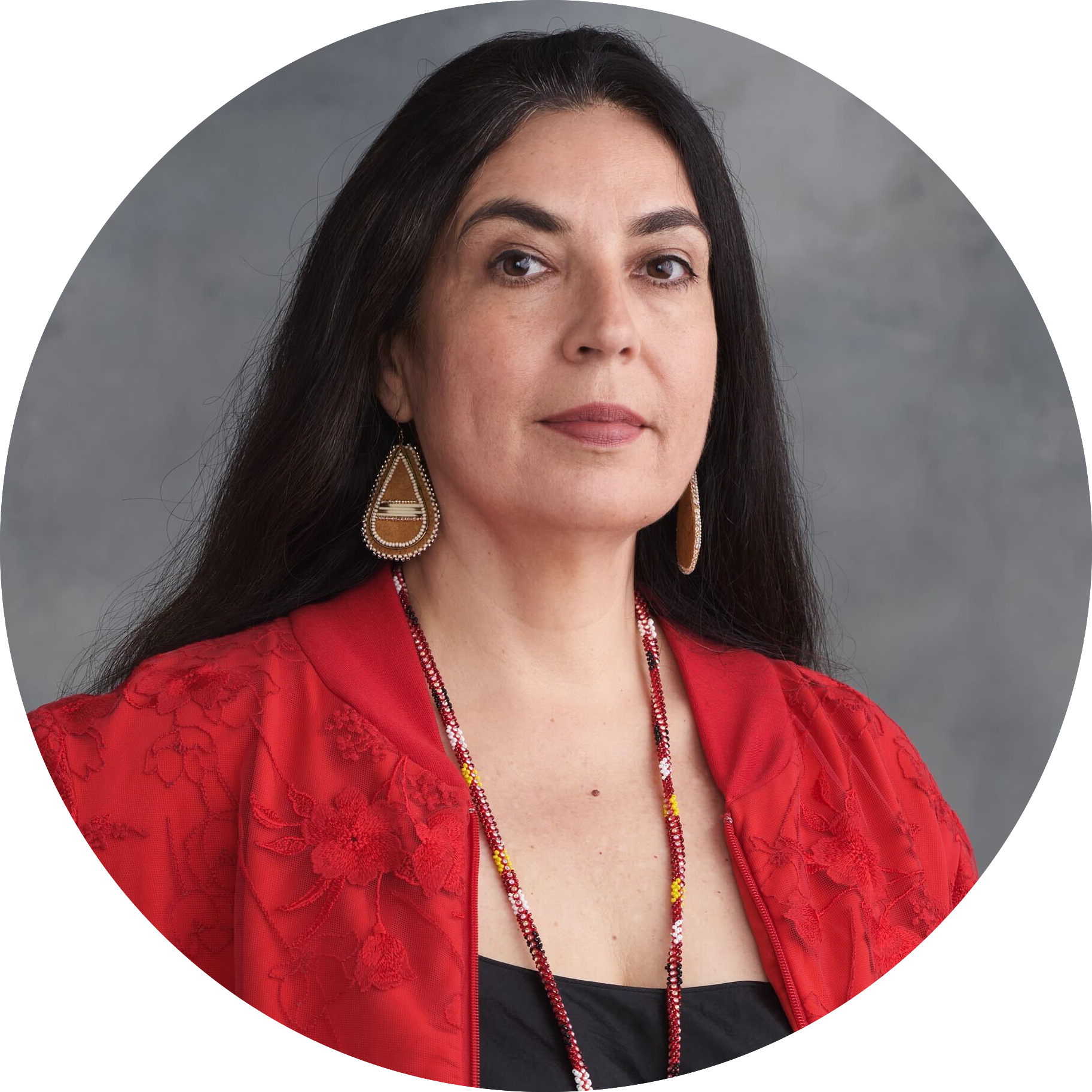
Battling a hungry beetle, this Mohawk community hopes to keep its trees — and traditions — alive
An invasive pest threatens the survival of black ash trees — and the Mohawk art...
This feature was made possible by Humber College’s StoryLab, Faculty of Media and Creative Arts, and The Pulitzer Center on Crisis Reporting.
The boat isn’t much, really: cracked windows, a couple of good engines, and a cabin not quite big enough to accommodate three people trying to maintain a physical distance. The aluminum craft rocks in any wave bigger than a ripple while the big ones reverberate through the hull.
Compared with the powerful, expensive and well-manned ships of the Coast Guard, in fact, the boat barely registers.
Except, crucially, it’s there.
Unlike government agencies without the manpower nor the reach to frequently penetrate the undulating, fractal coast, the boat is where it’s needed.
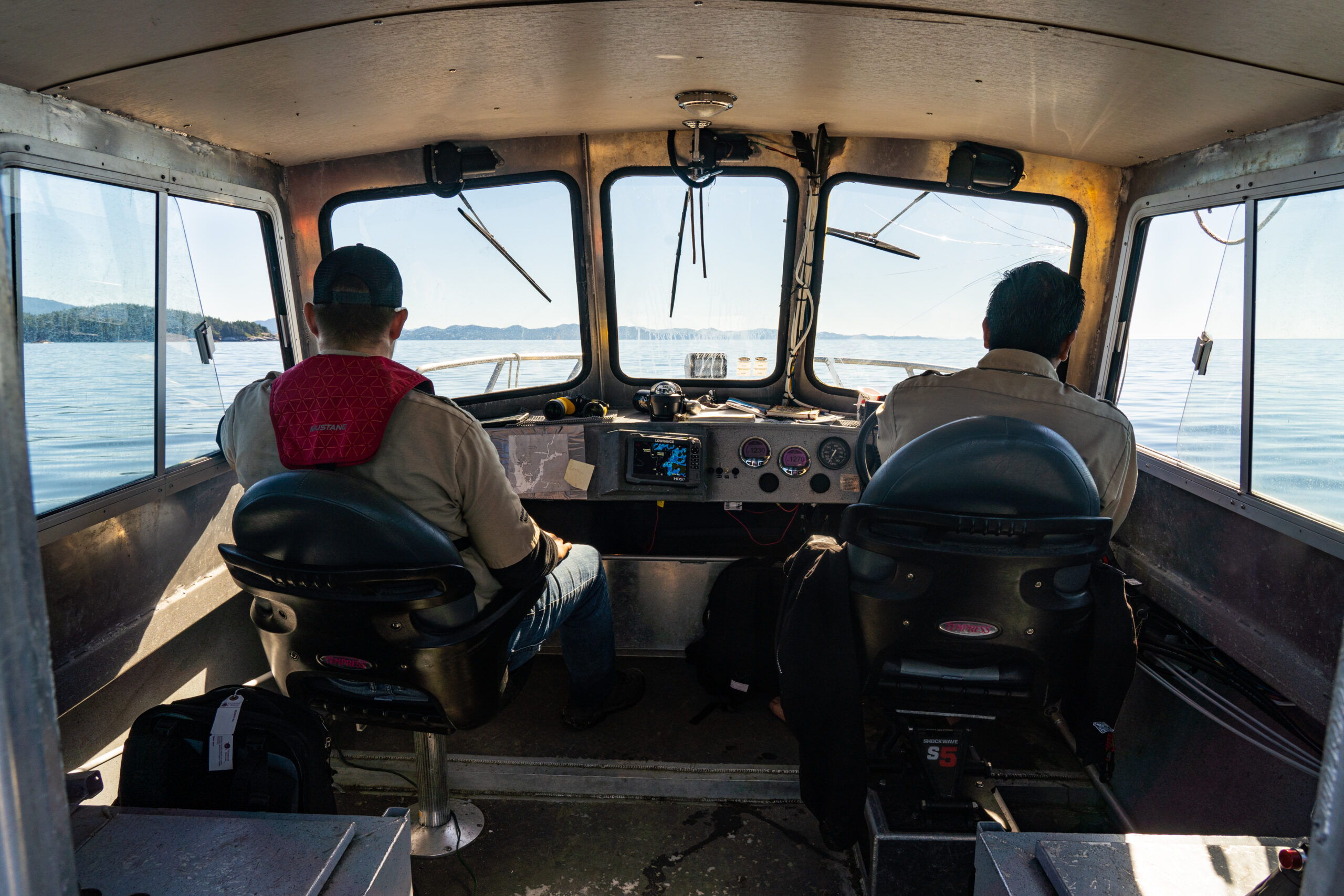
And it gets around. The people at the helm, two young Wuikinuxv (O-wik-een-oh) Guardian Watchmen, cover 120 kilometres a day, most days of the month. Over several months they’ll patrol about 2,000 square kilometres of coast by boat alone, according to data shared by the guardians with The Narwhal. Their neighbours, the Heiltsuk and Kitasoo/Xai’Xais will reach even larger areas — nearly 3,000 and 8,000 square kilometres, respectively.
The boat and its crew are the front line of conservation on this part of the coast. They’re out on the water, watching for trouble, helping where it’s needed, collecting data and projecting the power of the Wuikinuxv First Nation to their sizeable portion of the coast.
They’re not alone in their work. Up and down the coast, from the southern end of Vancouver Island all the way to Alaska, First Nations guardians are making their mark on their respective nations’ traditional territories. The idea has spread inland and across Canada, with guardians working in every province and territory in different ways. They’ve become intrinsic to national parks, resource projects, land restoration and much more.
Indigenous guardians are patrolling vast areas of the B.C. coast that otherwise don’t see much monitoring activity from the provincial or federal governments.
Because of their regular patrolling, Indigenous guardians are filing in an important patchwork of monitoring efforts designed to keep species and people safe and coastal ecosystems intact.
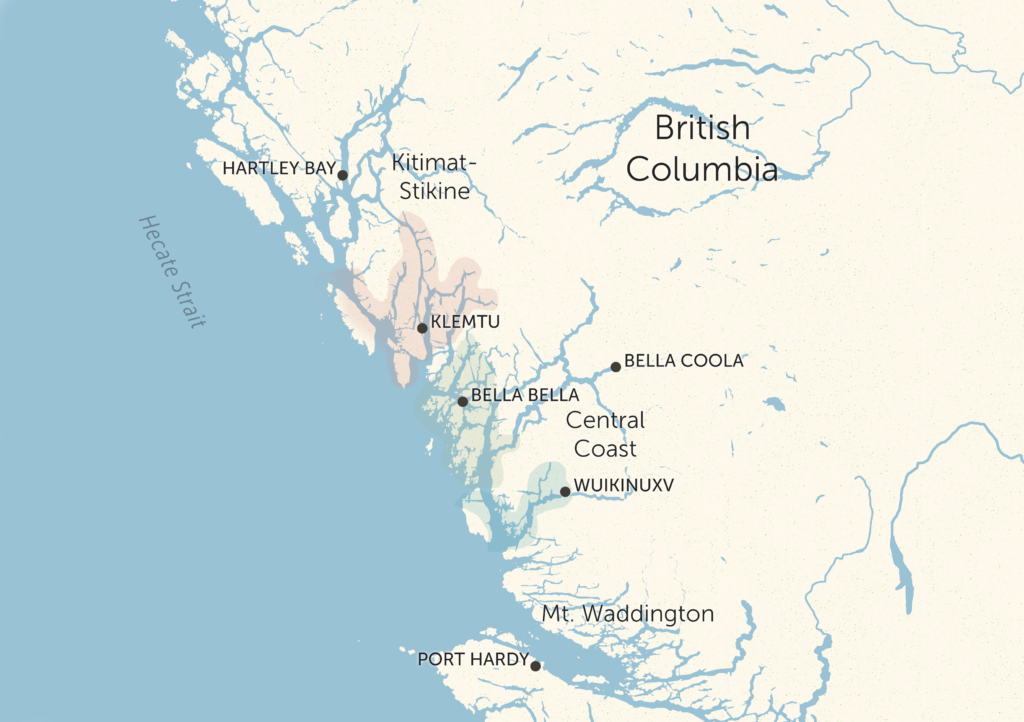
Data shared with The Narwhal shows Kitasoo/Xai’Xais First Nation patrolled 8,000 square kilometres of the B.C. coast during select months in 2019.
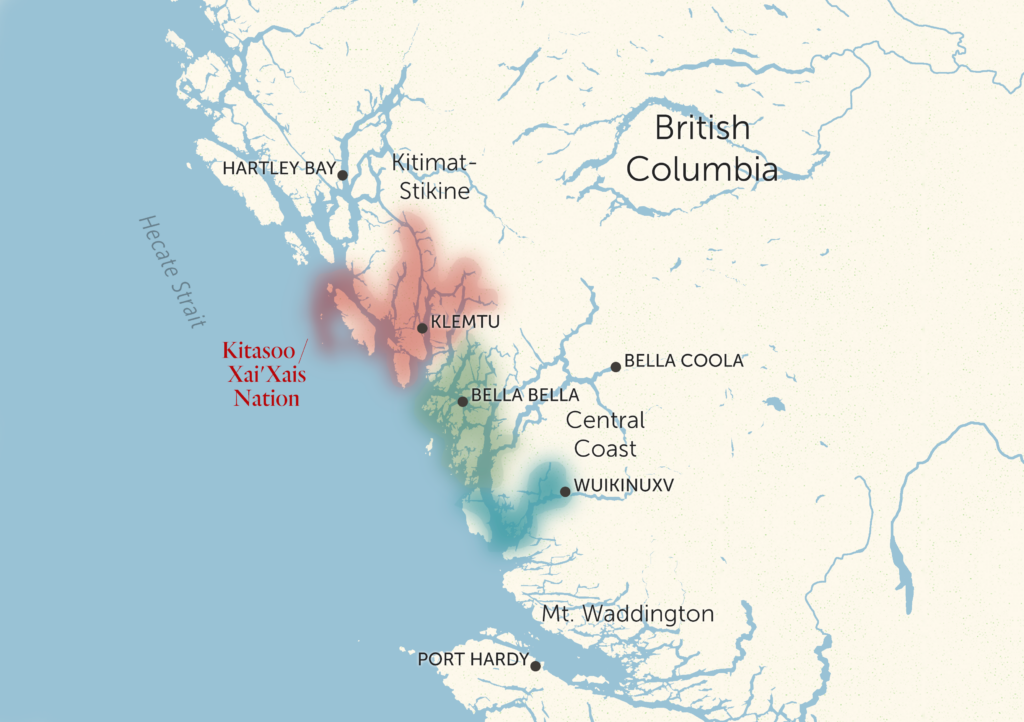
Data collected by the Heiltsuk First Nation shows guardians were able to patrol nearly 3,000 square kilometres of the coast.
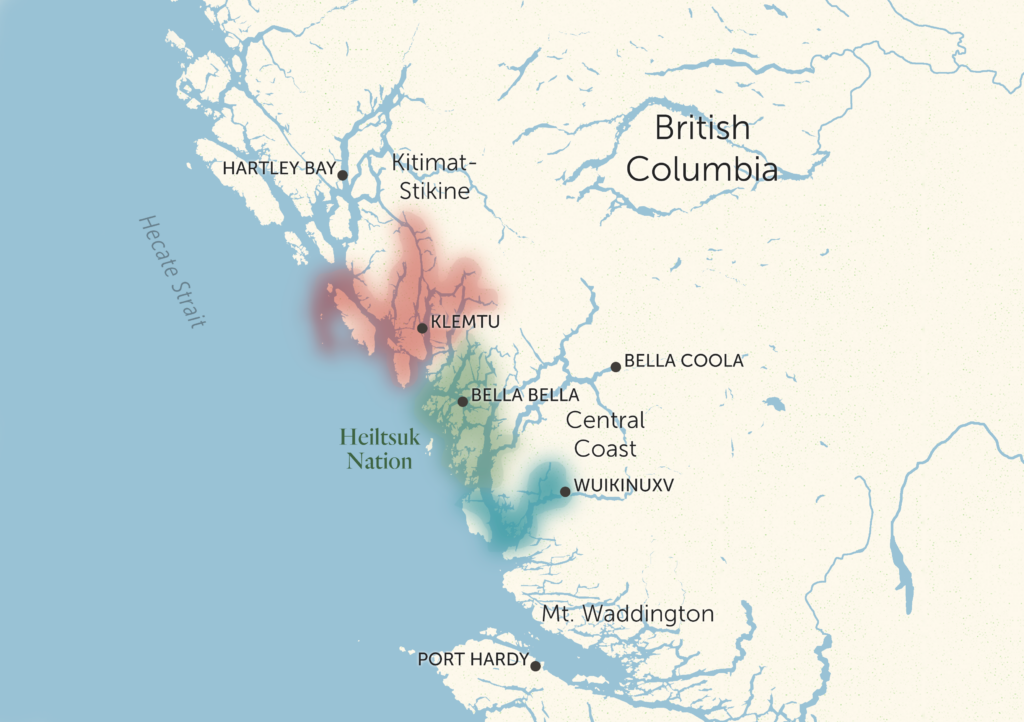
Data shared with The Narwhal shows Wuikinuxv Guardian Watchmen covered an average of 120 kilometres a day, most days of the month. They patrolled about 2,000 square kilometres of coast by boat alone over the span of several months.
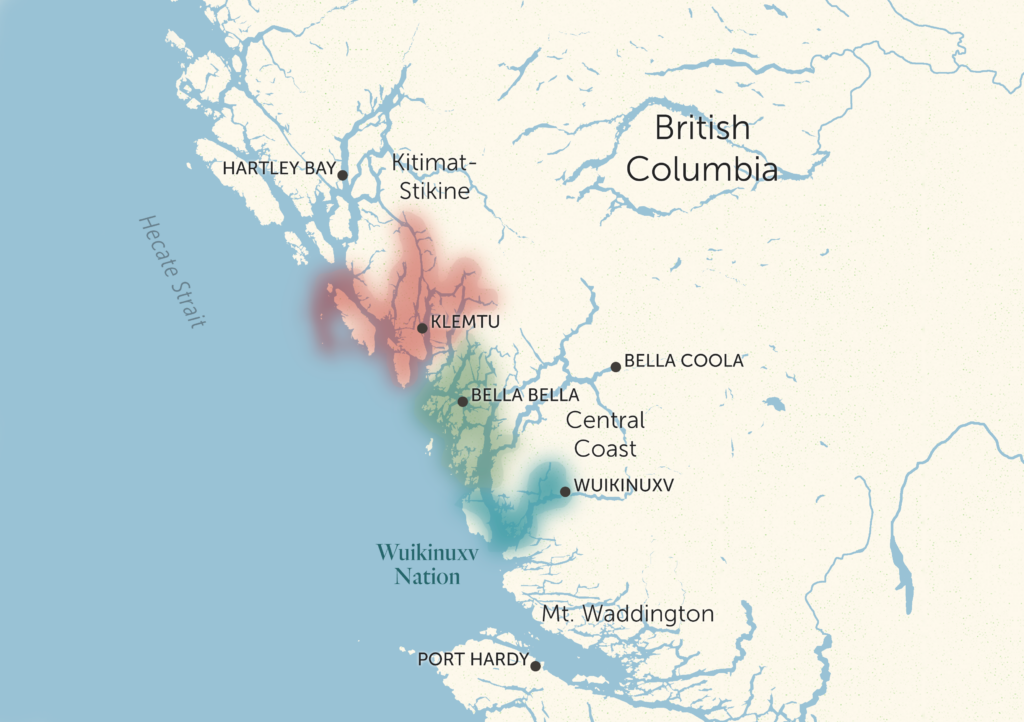
The Wuikinuxv Coastal Guardian Watchmen have been patrolling their marine territory for more than a decade. Adam Nelson and Corey Hanuse are newer to the job — Nelson has been doing it for seven years and Hanuse for only a month — but they say they don’t see the governments of Canada or British Columbia represented on their waters much.
“We usually see DFO, and conservation officers and Coast Guard usually once a month, or twice a month, when they’re in the territory,” Nelson says.
Fisheries and Oceans Canada (DFO) monitors the coast for fisheries violations in coordination with two 43-metre Coast Guard ships, CCGS Captain Goddard and the CCGS M. Charles, and has spotty coverage of land-based officers in the bigger centres along the coast, like Prince Rupert, Bella Bella and Bella Coola. Those officers have fast inflatable boats that can patrol locally from those bases.
The Coast Guard also has several of its own lifeboat bases along the coast — but none in tiny communities like Wuikinuxv.
That means when emergencies happen in Wuikinuxv — or in most of the small villages of the coast — the cavalry is a long, long way away.
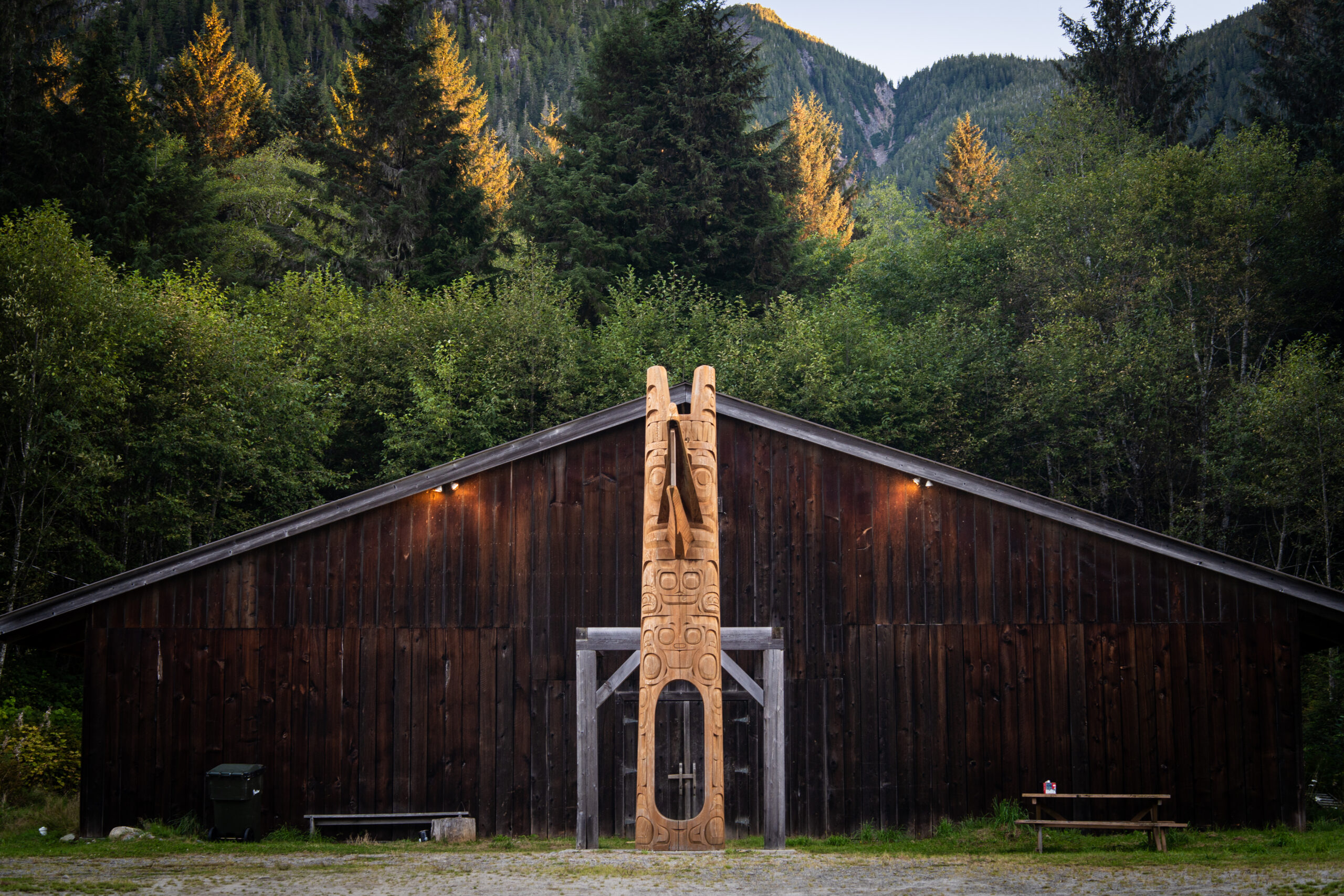
With the sun setting behind the mountains that frame Wuikinuxv’s narrow valley, Elder George Johnson was returning from upriver. As he navigated around the floating dock in the persistent current, his lines got tangled with the dock. He reached for his axe to free himself but before he had a chance to react the stern of his boat was sinking, and the rest soon followed.
He found himself floating helplessly downriver in near-freezing glacial meltwater.
Johnson didn’t have time for the Coast Guard to come up from Port Hardy, nearly 150 kilometres away.
“I was so tired, trying to swim, it was almost like I was giving up,” he says. He made it back to shore, just in time for the first responders to reach him and give him blankets.
Had the community been relying on outside help, Nelson says the outcome would have been different.
“It would have been too late,” he says.
Before the Guardian Watchmen were patrolling the coast, and before “guardian” or “guardian watchman” was a profession available to many Indigenous people across Canada or even in places like nearby Wuikinuxv, the job was a longstanding tradition in many coastal cultures.
Haida Gwaii, a rainforest archipelago off the north coast of British Columbia, was connected for millennia by trade, culture and warfare to mainland First Nations. Being aware of movements along the coast was essential.
“Go to each village, and you’ll find a place where the Watchmen had operated,” explains Guujaaw, a Haida leader and artist. A high hill with a good view of the ocean would give the Watchmen and their community ample warning about any intruders or returning parties.
Even today, carved poles sit on the shorelines of Haida Gwaii, many crowned with Watchman figures, their three connected faces staring unblinkingly out to sea.
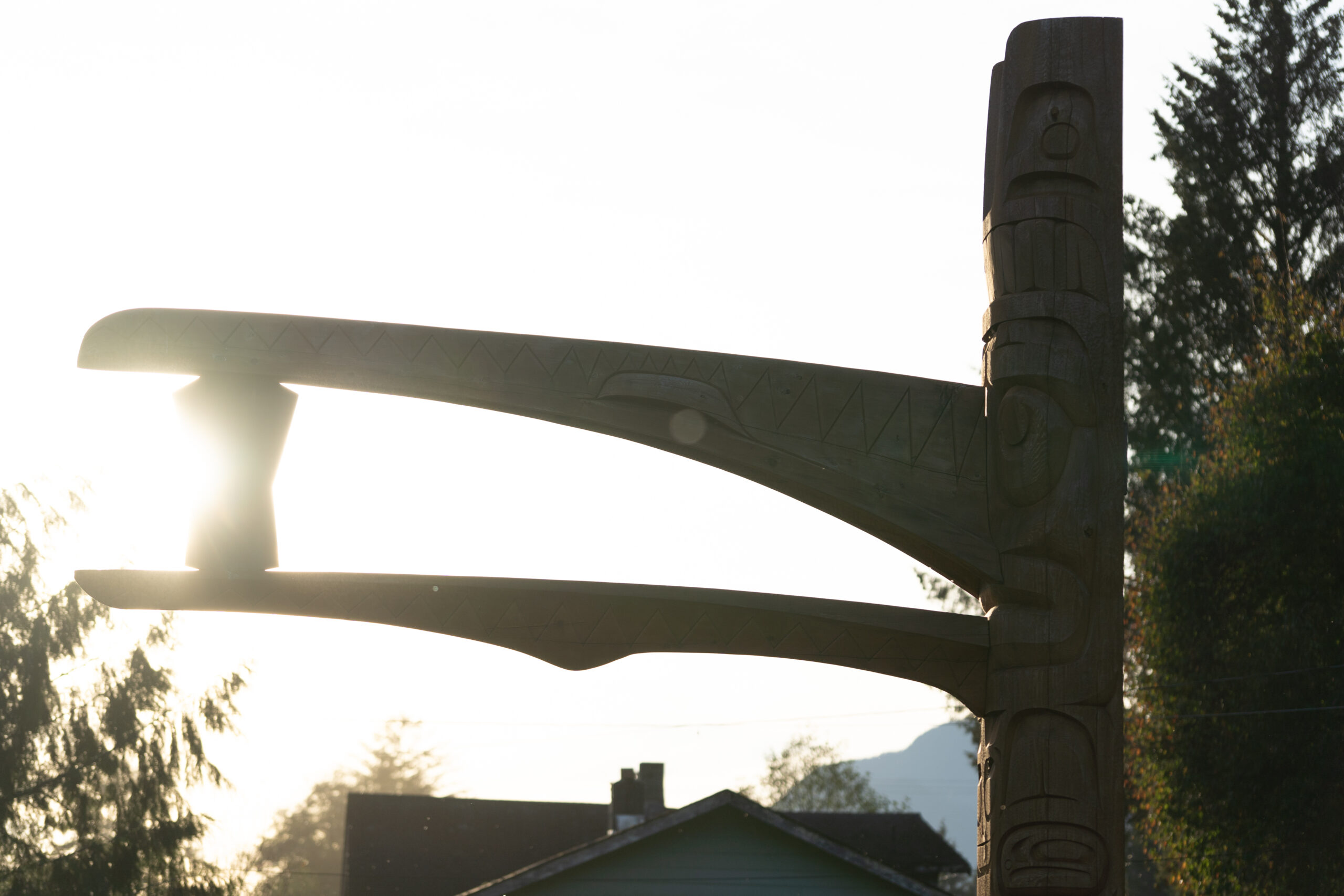
The role persisted after the arrival of Europeans, who brought with them an exploitative mindset that was alien to the people of Haida Gwaii. Through the 1980s, the contrast in attitudes came to a head in the Lyell Island (Athlii Gwaii in the Haida language) old-growth logging dispute.
“We figured in 12 years the whole thing would be logged off, and there would be nothing there to see now,” Guujaaw recalls. But it was about more than that island: the Canadian and B.C. governments approached resources as something to be drawn down, not to be stewarded in perpetuity. The same attitude extended to fisheries.
“They can project the idea that the fishery is ‘managing’ and ‘conserving,’ but in reality they weren’t,” Guujaaw says. “They were exploiting and depleting.”
The result of that confrontation was the first co-managed National Park in Canada, Gwaii Hanaas National Park Reserve. On the land and water, across Haida Gwaii now, representing the Haida and keeping visitors and cultural sites safe, are Guardian Watchmen.
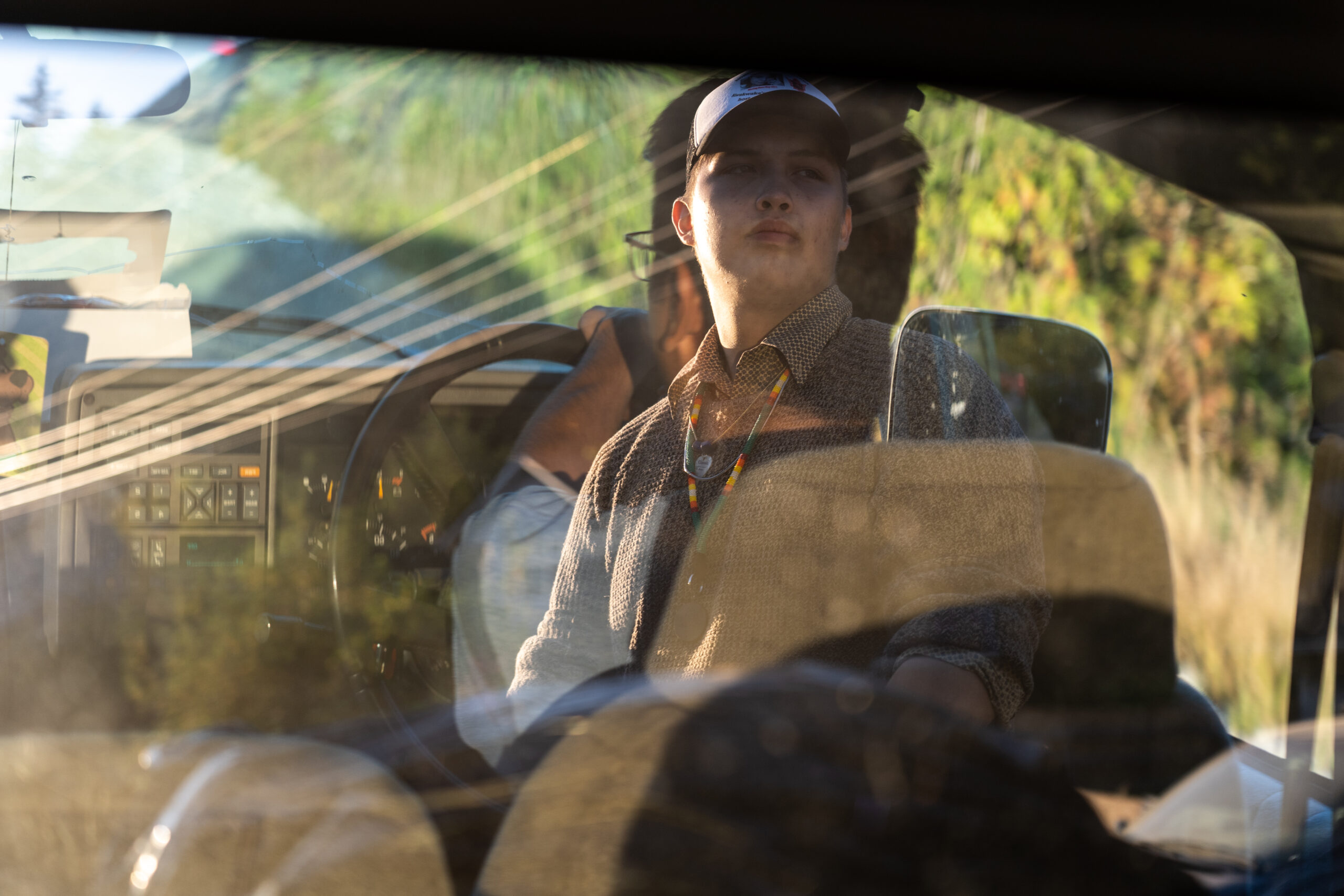
That’s where Hanuse first encountered guardians. As a teenager, coming from the city with his mental health in crisis, he found himself at a cultural rediscovery camp in T’aalan Stl’aang, an isolated bay at the northwestern tip of Graham Island.
He was welcomed with open arms to Haida territory. He would go for hikes just to be able to hang out with the guardians.
“It was beautiful,” he says. “The guardian watchmen knew a lot about the territory, the sacred environment we were in. It kind of drew us back to our roots, really.”
He left feeling “better than I ever have.” As soon as the opportunity came up, he joined the Wuikinuxv Guardian Watchmen.
“I just felt like, ‘I have a job to do. This is what I’m here for.’ ”
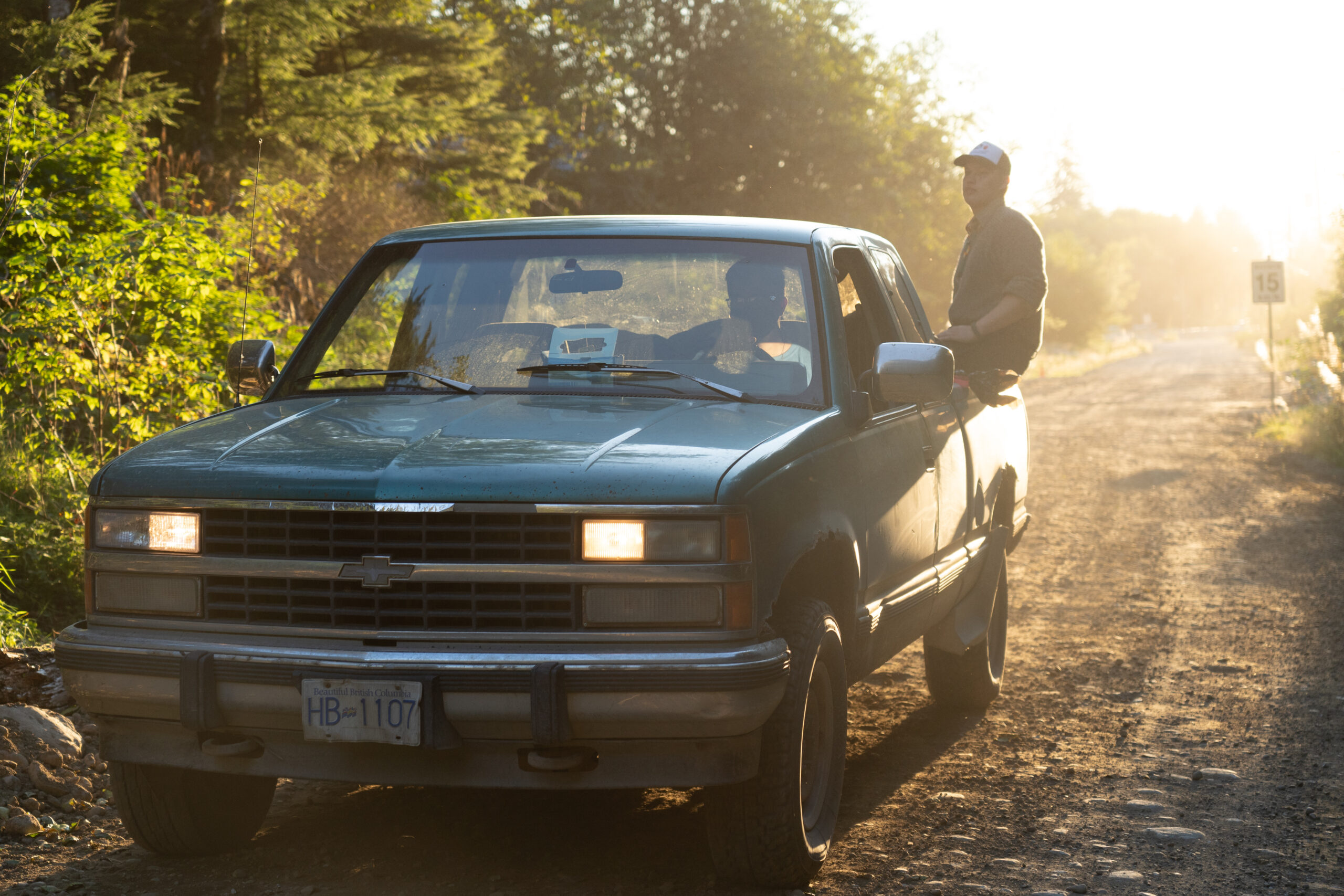
The position in Haida Gwaii has been formalized now, with uniforms and training and vacation time, but the idea remains the same as it ever was: caring for the land and the people on it.
For Guujaaw, creating the park was never about securing the approval, much less the permission, of the Canadian government. It was in fact the opposite: asserting that a government was already in control. The Haida government.
“It wasn’t a situation where it depended on a formal recognition by the [federal] government,” he says. “It was a Haida designation.”
And thanks in part to the success of the Haida in pushing for self-determination, the concept has been exported all over Canada.
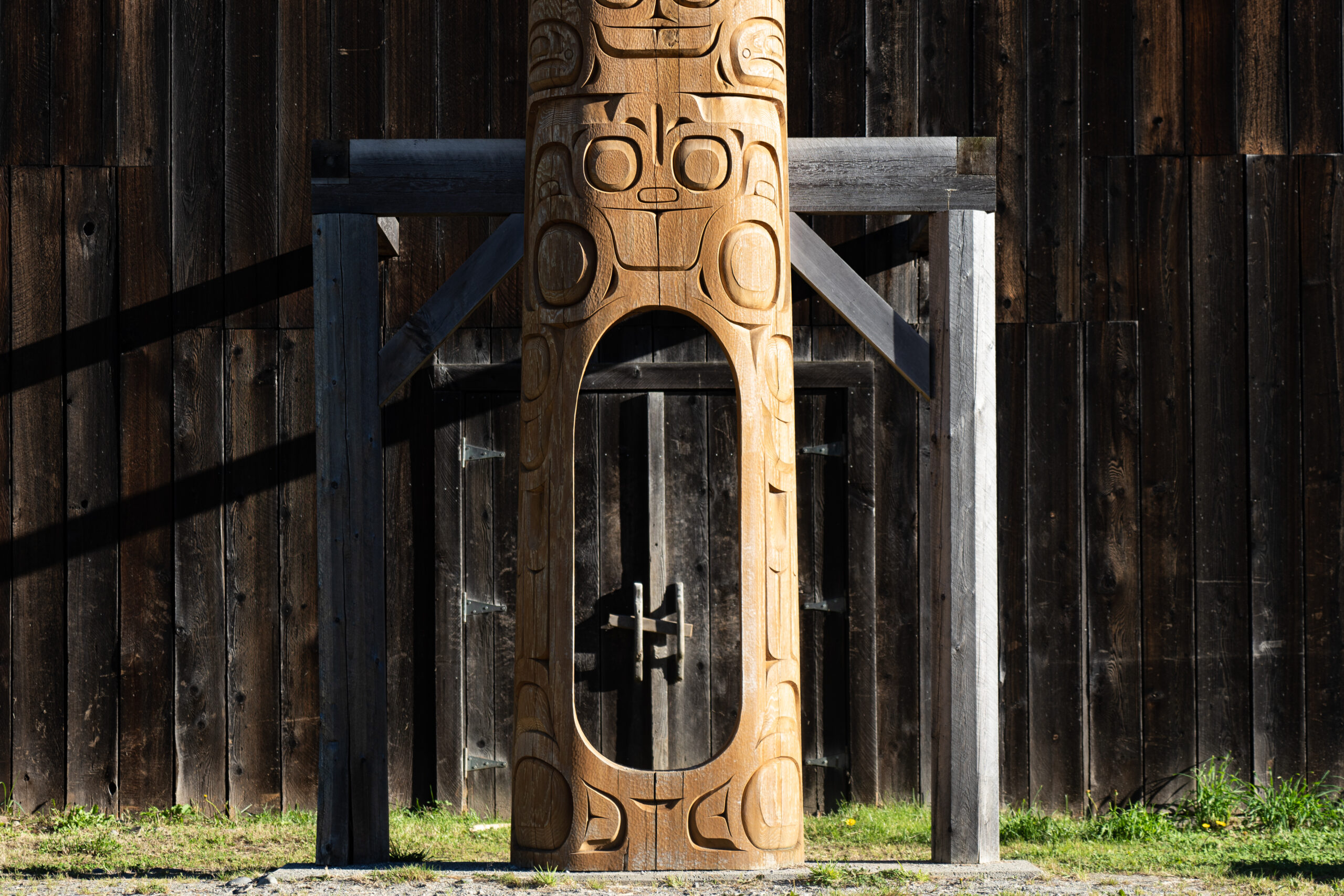
Today there are more than 70 guardians programs in various stages of development in Canada, according to the Indigenous Leadership Initiative, which is pushing for more federal funding. Their goal is reaching a level comparable to Australia’s recent $650 million (CAD) investment in its Indigenous Rangers program. That infusion of money will keep the program running through 2028.
The programs that currently exist employ as many as 18 guardians each, welcome jobs in mostly remote, rural places where employment is scarce and which have historically been disadvantaged.
The idea has been taken further to include First Nations in their own Coast Guard auxiliaries, in which the central idea — self-sufficiency and local first response — remains. When help is a long way over the horizon, it’s always safer to have your own boat and motor, and someone who knows what to do.
Patrick Johnson wasn’t in need of a job. He already had one, and in fact he took a major pay cut to become a Wuikinuxv Guardian Watchman.
Johnson, the brother of George, who capsized his boat, grew up in Rivers Inlet, and learned to drive a boat when he was six or seven years old. Today, in his fifties, he knows the waters around the village as well as anyone.
“I wasn’t looking for a guardian job at the time,” he says. He was asked to show some younger guardians the ropes, teach them about the nearby waters. But after they quickly moved on to other jobs, Johnson was left manning the ship, taking more and more courses to get certified in safety and navigation and first aid.
He sees real value in the program. “There’s stuff that happens out there; we get calls all the time, saying, ‘there’s something happening, there’s somebody out there, go check on them,’ ” he says. “We’ve got to know what’s happening at all times.”
Like in Haida Gwaii, guardian watchmen are a way for the Wuikinuxv to check on their territory and do scientific assessments. Those assessments and other science are one major way the Wuikinuxv project their sovereignty over the territory.
A crab survey ongoing for seven years is currently assessing the viability of that resource for commercial harvesting, and they’re currently monitoring rockfish and bear population health. The latter could mean life or death in a place where grizzly bears regularly meander through town in search of food. Wuikinuxv-driven studies of bear populations informed a big part of the B.C. government’s decision to end trophy hunting in 2017, and the First Nation recently published a scientific study showing how to limit human salmon harvests to ensure the bears have enough to eat.
“If you want to have changes, you’ve got to get the public on your side, and you’ve got to be able to provide the science,” explains Jennifer Walkus, an elected councillor who has been the First Nation’s stewardship director. “It’s been peer reviewed. It’s made it through the process. And then you can use that to try and get support from public as well.”
When the public visits Wuikinuxv territory — or any territory with guardians — the guardians present a unified front that reinforces the sovereignty their science is propping up behind the scenes.
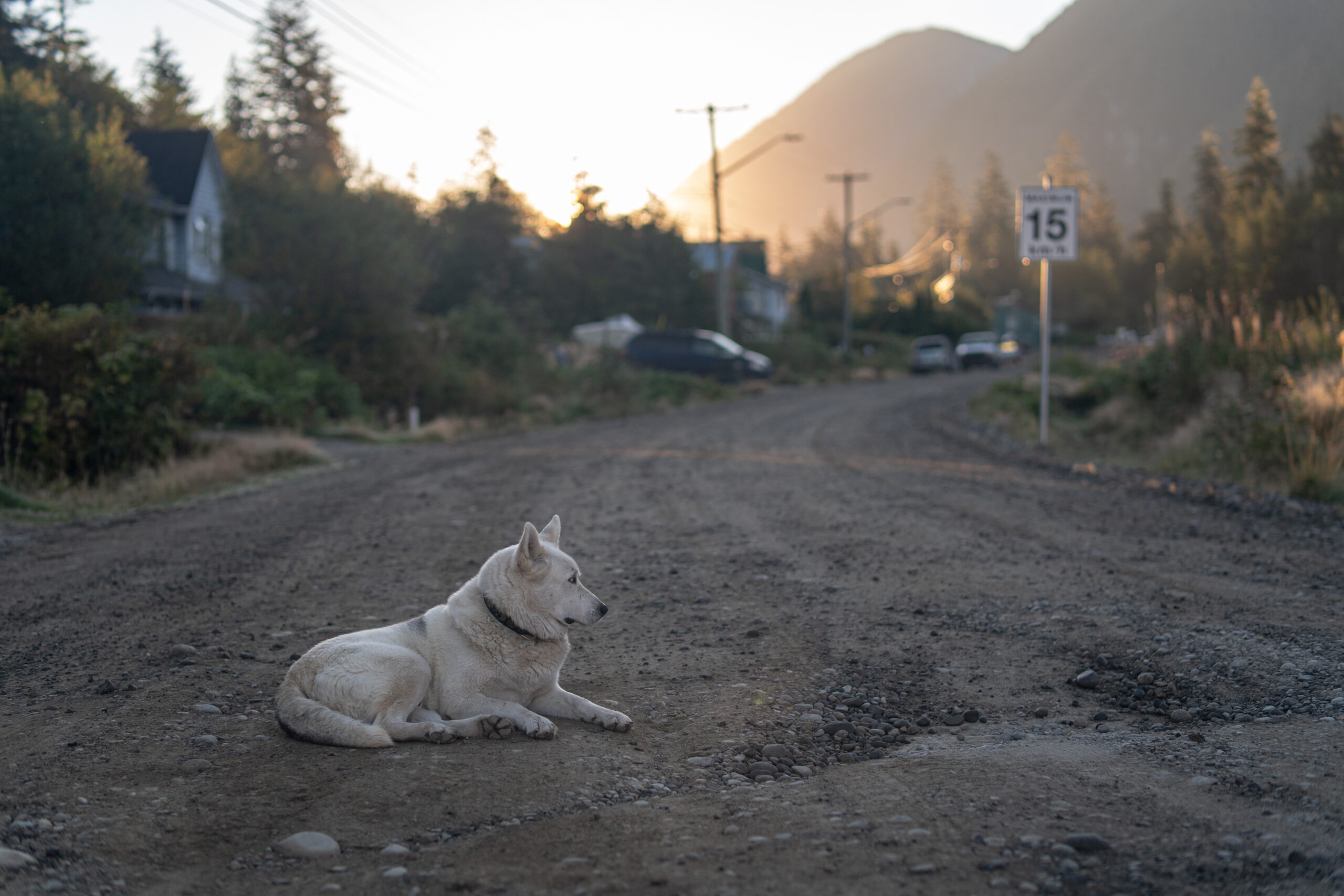
Every summer, when yachters would return to the Central Coast, the guardians go out and remind visitors whose territory they’re visiting. That was Johnson’s favourite part: he met people from all over the world and had a chance to see his territory anew through their eyes.
“They’re from California, they’re from Texas, they’re from, you know, everywhere — and it’s amazing, they remember you,” he says. “It feels good.”
The place those tourists come to visit is stunning territory indeed: the Coast Mountains drop off sharply from glacial peaks straight into the ocean here, where they plunge hundreds of metres deep. The sudden drop-off is also a boon to marine wildlife, with a combination of dissolved organic carbon from rivers and nutrients from the deep sea mixing to create an absolute feast for herring all the way up to orcas and humpback whales.
In the wide eyes of these visitors, Johnson was being remembered and recognized as an authority on the waters of his territory, while doing valuable science and keeping people safe.
Just up the coast, meanwhile, the Nuxalk Guardian Watchmen are out chasing bears out of Bella Coola at all hours of the night. The Kitasoo/Xai’Xais Guardians are going to be instrumental in a new Marine Protected Area in Kitasoo Bay. And in Heiltsuk territory to the west, guardians are keeping watch over the site of a devastating diesel spill where the Nathan E. Stewart tug sank in 2016.
One day as I join the guardians on patrol, they’re checking on sites across the territory. First, we pull into the site of a forestry camp that was never cleaned up. A pickup truck filled with gaping rusty holes disintegrates into the ground, while runoff shoots out of culverts into the inlet.
Satellite images show that above the site, logging is very much still active.
The guardians stop in at a floating community at Dawson’s Landing, which serves mainly to service the fishing lodges that still run the length of Rivers Inlet. At one point, 13 industrial canneries dominated the fishing here, sucking the life out of what had been a wonder of the world — pulsing salmon runs that fed entire ecosystems from forests to bears to people and back down — but today they’re gone, replaced by smaller sport-fishing outfits.
Nelson and Hanuse check in with the owners of the general store, pick up some supplies for the day, then push the boat off. Dawson’s Landing is the final stop, perched just inside the inlet, before exiting into Fitz Hugh Sound.
Fitz Hugh Sound is a frequent passage for boats of all kinds: the herring fishing boats that have pillaged the coast despite the protestations of the local First Nations; tugs like the Nathan E. Stewart; and cruise ships and ferries taking the protected Inside Passage to Prince Rupert or Alaska.
Boats that are rarely seen here? Government patrols that would keep all of that traffic safe, and in line with laws and regulations.
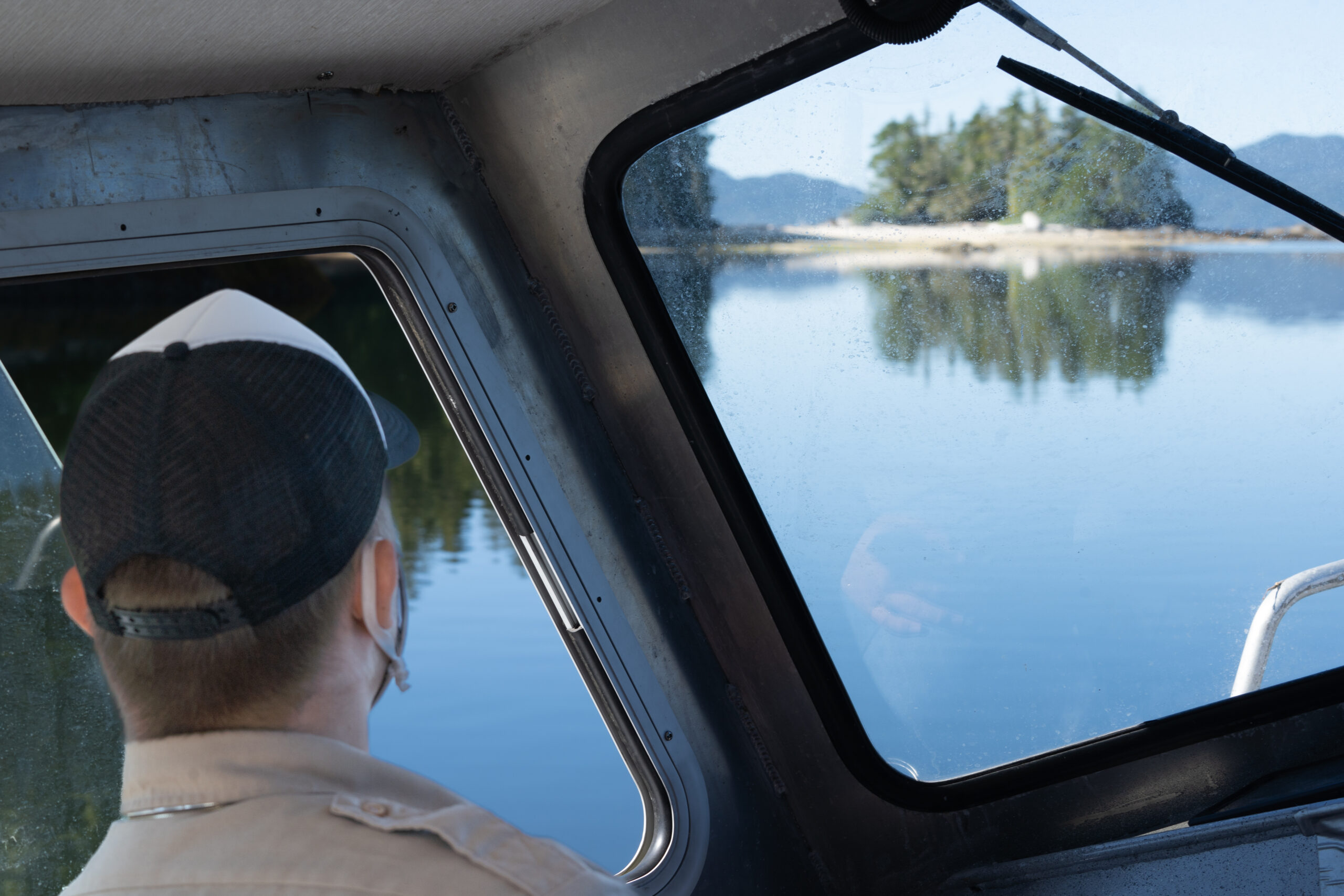
“In our part of the world we just don’t see them, unfortunately,” says Doug Neasloss, stewardship director for Kitasoo/Xai’Xais First Nation. “Drawing a line on a map is not going to protect your territories, people do.”
That was what made the Kitasoo/Xai’Xais start up their own guardian watchmen program: to fill in the gaps left on that endless stretch of coast. It was “the wild west,” he says of the 1990s when illegal fishing, grizzly poaching and illegal logging ran rampant in his nation’s territory.
“We actually caught one guy red-handed; he had cut down a huge tract of forest,” he recalls. “If it comes down to it, we will do whatever we can to protect our territory.”
Now the Kitasoo/Xai’Xais have begun a pilot project that entrusts guardians with the authority normally given to parks officers, like issuing tickets. But Neasloss reports they’re already seeing the benefits of their presence, with “a lot less illegal activity” happening since the guardians began their work.
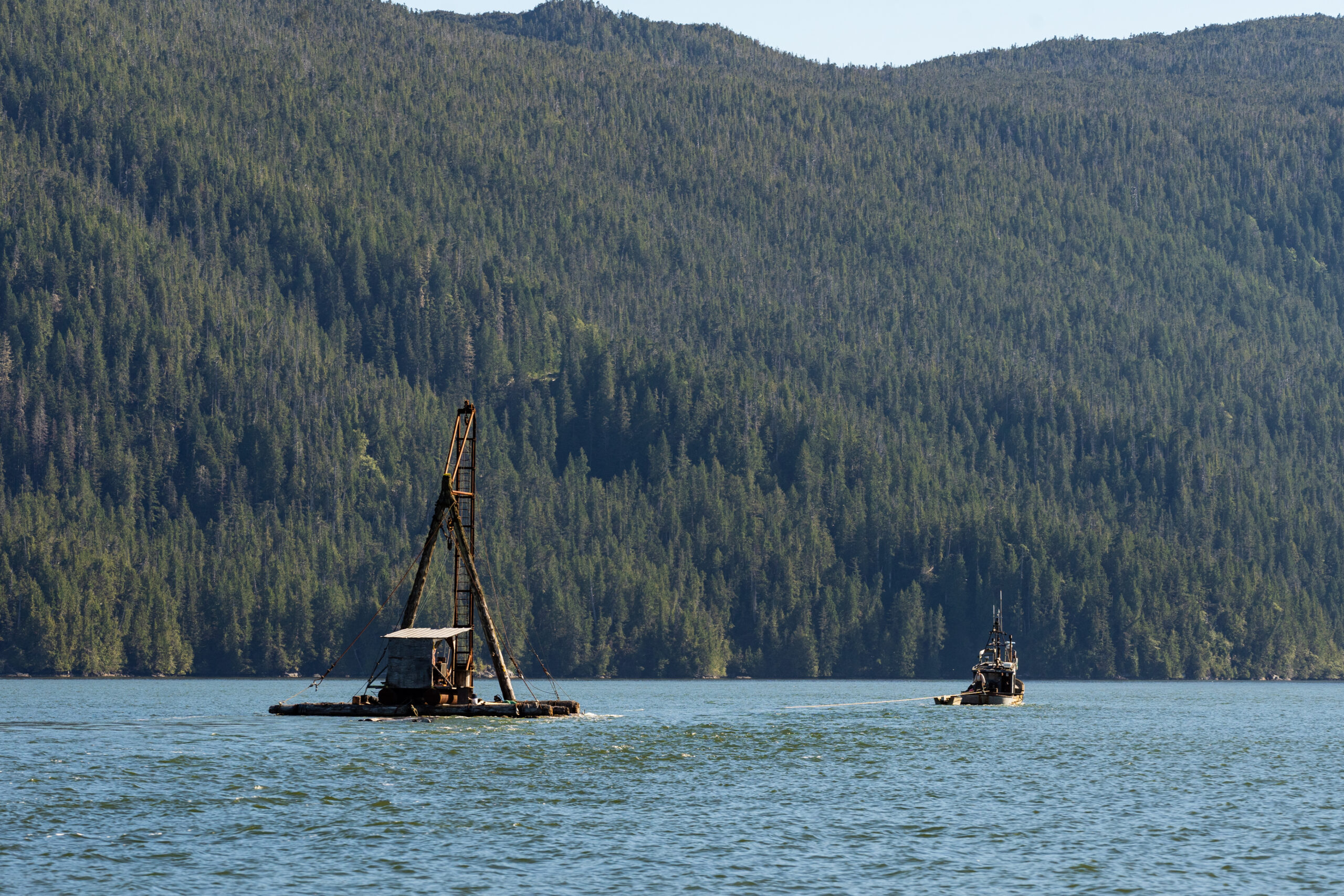
As the Wuikinuxv guardians’ boat moves into the open water, there’s no sign of a government presence there.
“Timing and frequency of [Bella Bella-based fisheries officer] patrols are done to maximize coverage and ensure compliance with the applicable acts and regulations governing the specific fisheries,” a DFO spokesperson wrote in an emailed response to questions.
Whatever their usual timing, neither the small, fast boats of the DFO officers nor the sleek ships of the Coast Guard are anywhere to be seen — just a tug moving some logging equipment, a few fishing boats and some smaller craft motoring off in the distance.
The sea is reflective under a brilliant sun, with barely a ripple on its surface. Every now and then, a column of ionized air particles plumes up from the surface: humpback whales stopping to feed on their migration between the tropics and the Gulf of Alaska. Swimming alongside the whales are a pack of sea lions, picking up the scraps as they feed.
Ignoring the whales for the moment, we turn the corner into a protected bay, its white beach indicative of millennia of harvested clamshells crushed by the waves. Hidden in the woods is a tiny cabin owned by the First Nation, bunks lining the walls and a rusty barrel stove flaking by the wall. The site is special to them, having been a location for generations of Wuikinuxv families to gather at the end of their inlet.
The guardians stop for a smoke break and have a snack. They’re young — Hanuse is 18 and Nelson, in charge, is just 23. They’ve recently been joined by Soleil O’wadi, who is 22.
“It’s the youngest guardian crew that Wuikinuxv has ever had, I think,” O’wadi tells me.
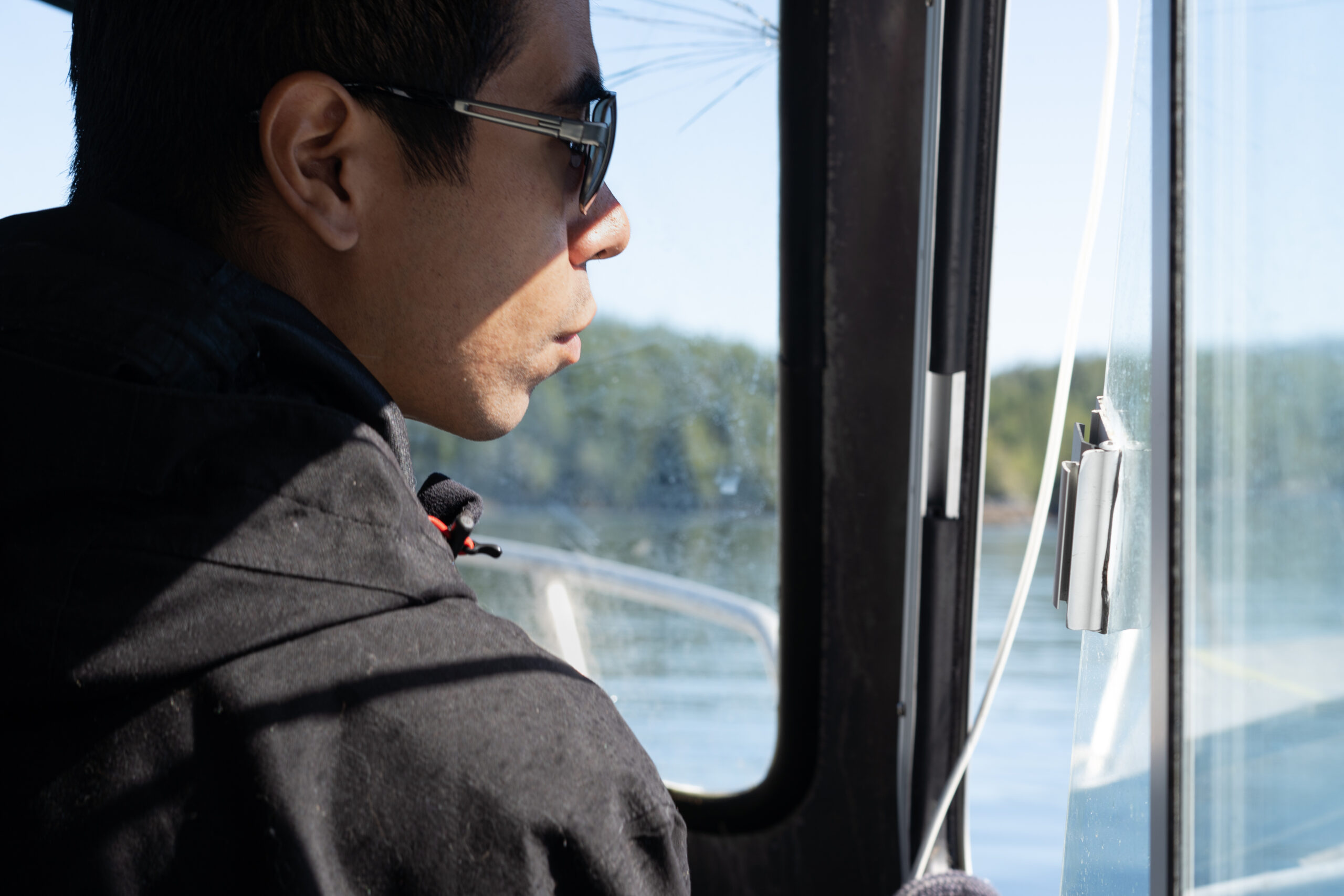
Soleil, who uses they/them pronouns, didn’t grow up immersed in Wuikinuxv culture; they grew up on Vancouver Island. But now they’re getting to know their own territory. Sitting by a woodpile back in the village they are practically bouncing.
“I’m excited about everything,” they tell me. “About this entire job. I think first [I] was excited; I was excited to get to know the territory. I feel like I have a pretty good grasp of it now. But yeah. I’m excited to work the boat, and spend time with my boys.”
Being the eyes and ears of their nation is a point of pride. There’s a lot to be proud of — rescues, monitoring, the land itself and reconnecting to it every day. We zoom out of the protected bay and back out toward the whales, and are quickly surrounded. With the engine cut, the sound of the whales’ breathing booms over the water each time they resurface. A young calf exuberantly shoots out of the water again and again, slamming down on the surface to send up a wall of water around it.
“I feel home here,” O’wadi says. “I feel safe.”
Editor’s note: The Mapbox interactive map illustrates the area monitored by the Heiltsuk (Haíɫzaqv) Guardian Watchmen during a portion of their patrols over the course of one year. Some of the patrol data has been omitted to protect sensitive sites.
The Narwhal is grateful to Humber College’s Indigenous Education and Engagement Department for consultation around reporting from within Indigenous communities.
